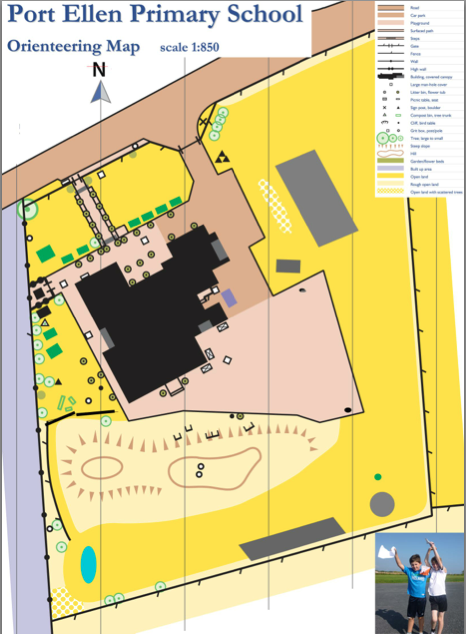Music was a popular theme in the first year of Endeavour. Three girls worked on different projects that built on existing skills they had in learning musical instruments, but increased the level of challenge. They were all keen on careers in the music industry. These projects exemplify the different levels of success that can occur with Endeavour, and highlights some of the challenge children face.
 A P7 girl who played the tin whistle and piano wanted to write and record her own song as a music video. She successfully researched different types of music and styles and along with the other two performers contacted the High School music teacher who kindly came in on several weeks during his free periods to support them in their Endeavours. However she struggled to compose the music she wanted because her level of understanding of music was not high enough. She instead focused more on improving her skills at the piano and composing a simple tune, and was happy at the end with what she achieved.
A P7 girl who played the tin whistle and piano wanted to write and record her own song as a music video. She successfully researched different types of music and styles and along with the other two performers contacted the High School music teacher who kindly came in on several weeks during his free periods to support them in their Endeavours. However she struggled to compose the music she wanted because her level of understanding of music was not high enough. She instead focused more on improving her skills at the piano and composing a simple tune, and was happy at the end with what she achieved.
A P6 girl who was learning to play the piano decided she would compose, play and record her own piece of Scottish piano music. She learned the different types of tune and learned to play examples of each before composing a simple tune of her own. She was more successful as her Endeavour was less ambitious and in line with her skill set.
Another P7 girl who was learning the accordion and was an accomplished Highland Dancer wanted to compose a piece of Scottish music for her accordion which she would record and then invent her own dance to go with the music which she would then video. She was able to learn a suitable tune, but composing and creating a new dance were more challenging. In the end she used an existing tune which she then learned to play and created a dance with steps to fit the tune before recording it as a video, dancing and playing-although not simultaneously! She was applying new skills of combining her talents and videoing them, and you can see the finished video below.
A Scottish Performance By Emily Logan from Jo Clark on Vimeo.














